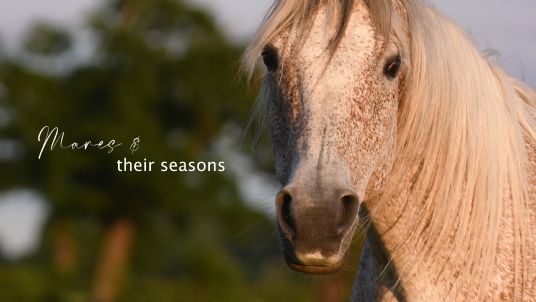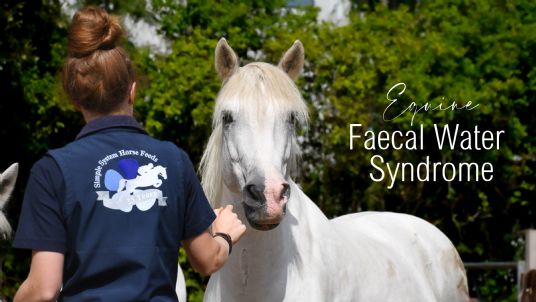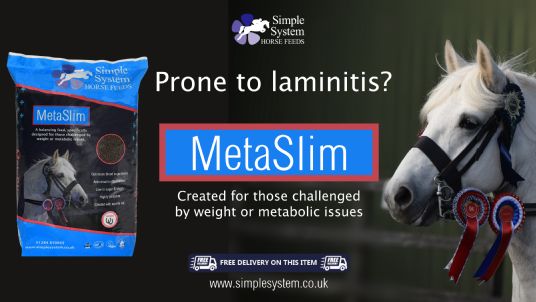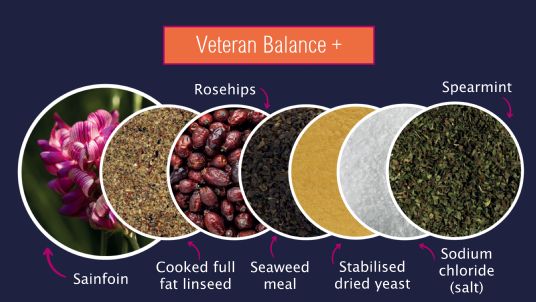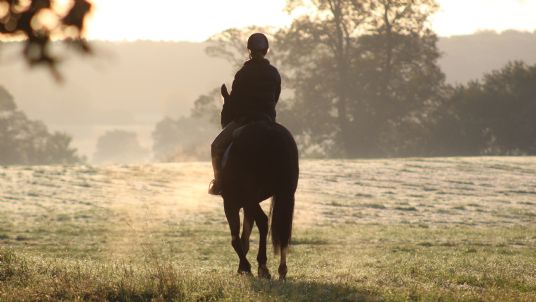Mares and their seasons
Mares are in season for around 6 days every 3 weeks from spring until autumn. Some mares will cycle all year. When they are cycling, their hormones are fluctuating and, in many mares, will trigger changes in behaviour. This is perfectly natural and something we should try to understand, not criticise her for. Mares are as entire as stallions, the difference being that their drive is periodic, not constant.
For many mares, short days, cooler temperatures and less available food cause their cycle to stop, then warm weather, longer days and growing grass trigger the process to start up again, until either she becomes in foal or winter comes again. Veterinary intervention can also control her cycle.
